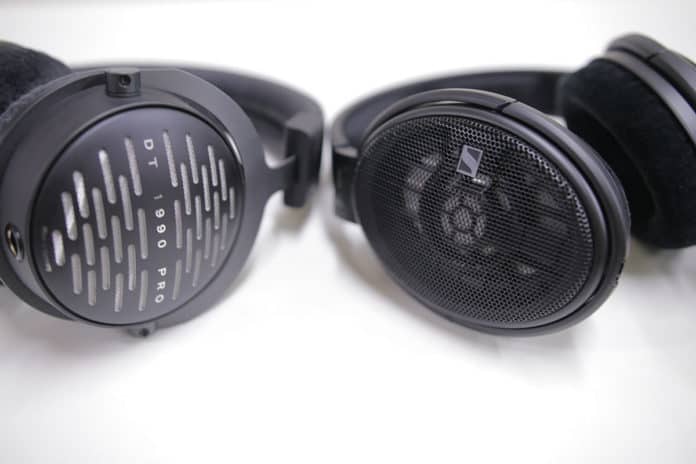Today we have two open-back contenders going head-to-head. The most expensive offering in Beyerdynamic’s DT line will take on a mid-level opponent from Sennheiser’s HD line: the 660 S. While not exactly the same price, the DT 1990 can occasionally be found on sale for $500 or less, landing both of these headphones in the “mid-level” audiophile category. If you’re looking for open-back, which of these popular faves should you go for? It’s the 1990 Pro vs 660 S!
Mid-Level Open-Back Smackdown: 1990 Pro vs 660 S
In-the-Box
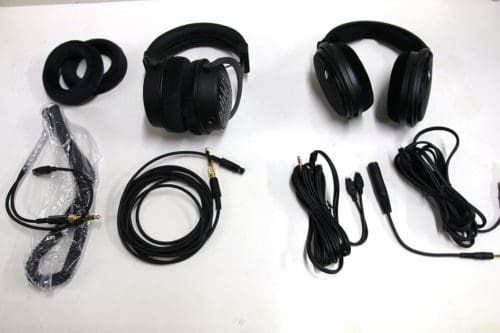
Beyerdynamic DT 1990 Pro
- Single-sided mini-XLR 3.5mm straight cable with 1/4″ adapter
- Single-sided mini-XLR 3.5mm coiled cable with 1/4″ adapter
- Two pairs of velour earpads
- Rubber case
Sennheiser HD 660 S
- Double-sided 2-pin 4.4mm balanced cable
- Double-sided 2-pin 1/4″ cable with 3.5mm adapter
- Hard case
So right out of the box we run into some differences, mostly incidental. Worth noting is that the 660 S comes with a 4.4mm cable, whereas the 1990 Pro does not. Both of them provide standard options for 1/4″ and 3.5mm connections.
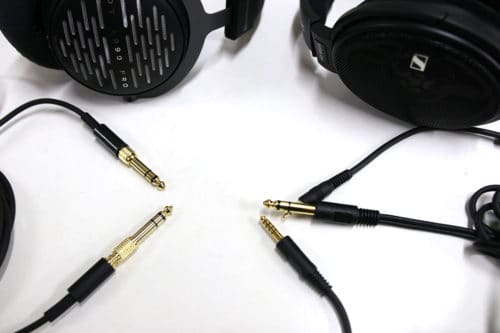
Sennheiser provides the 660 with a solid square case that would look great on a bookshelf but definitely won’t fit in your backpack or suitcase. The case for the 1990 is smaller, rubber and more portable. If, like most, you plan on using these solely at home or in the studio, this difference is inconsequential. But the 1990s do have a slight leg up on traveling-ability.
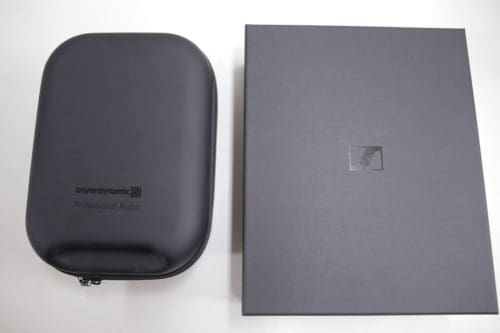
The DT 1990s also come with an extra set of eapads for either a “Balanced” or “Analytical” sound. Now, there’s nothing stopping you from replacing the earpads on the 660 to tweak the sound, but it’s nice to have the option already included.
Looks
This section is totally subjective (what review isn’t?), but the 1990s are my clear winner in the aesthetic category. The cans are metal, the headband is faux leather and there’s some nice silver-accenting going on throughout. They make the 660s look cheaper by comparison, with all the black plastic and whatnot. Although, it is cool to see the backside of the driver on the 660 S!
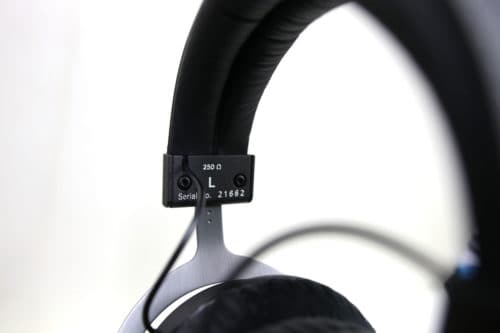
Fit
The 1990s are heavier, but the padding is comfier. The 660s are lighter and have a tighter fit. It’s easier to forget you’re wearing the 660s, but for longer sessions I think I’d go with the DT 1990, despite the extra weight. The pads are just so cozy!
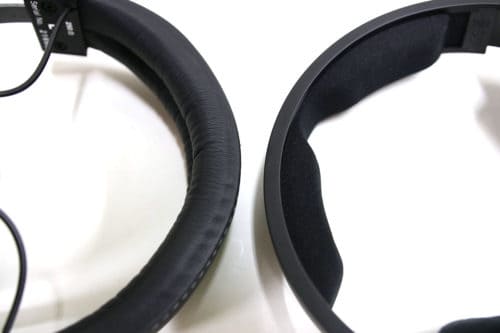
Sound
Now, the real comparison… the difference that makes all the difference.
Note: For the Beyerdynamic 1990, I ended up using the “Balanced” earpads for comparison purposes. They give a bass boost, and sounded closer to the Sennheiser 660 S than the “Analytical” pads.
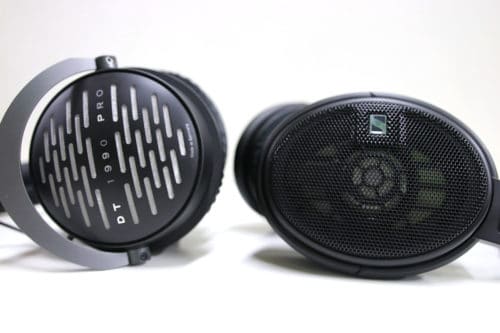
Lows
Even while using the bass boosting earpads, the HD 660 S had more power in the low end than the DT 1990 Pro. The bass was thicker, heavier and punchier… everything I want in my bass. But maybe not everything I want in my reference headphones, ya know? And for a pair of reference headphones, I felt no lack of bass with the 1990 (using the “Balanced” earpads, that is).
But for the low-end, the Sennheiser brings the energy and enthusiasm at the expense of the professionalism that characterizes the Beyers. But for pure in-your-face hedonism, the HD 660 S are the way to go.
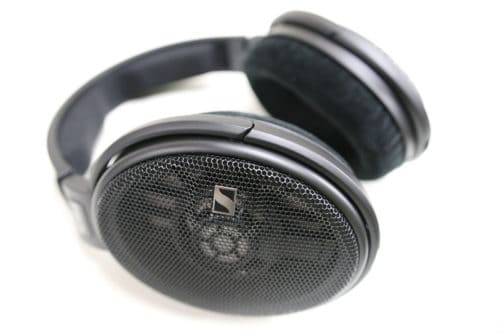
Mids
The low-mids are heavier on the 660 S, which contributes to the overall thickness compared to the 1990 Pro. But vocals in the higher midrange come in clearer on the 1990s. In fact, I’d say the 1990s give a more balanced midranged presentation overall, even if the low-mids seem thin next to the 660 S. Midrange separation is better on the 1990, too. The low and low-mid boost can blend together on the 660 S and crowd the midrange.
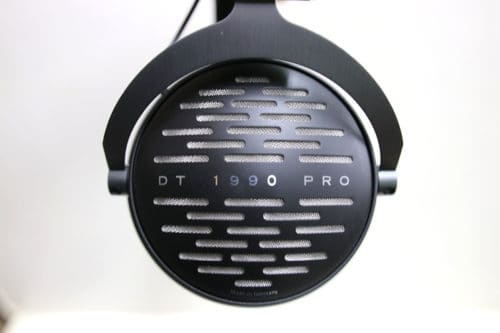
Highs
The 1990s have more high frequency information to work with. The 660 S aren’t too rolled off, but the Beyers have that nice airy upper extension thing going on. Very sparkly and pretty. The 660 S feels blunted by comparison, but I didn’t want for any extra upper range while listening to them alone.
Soundstage
Considering depth, the soundstage on these two are similar. But the 1990 performs so much better in terms of separation that it gives the impression of a better soundstage. The 660 S is punchy but more narrow. I think this has to do with the frequency emphasis more than anything. The 1990 is very spacious and open, and picking out individual frequencies is easier.
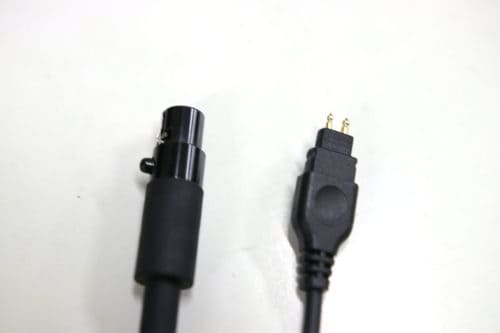
Summary
Both of these headphones are advertised as reference headphones that provide accuracy without sounding lifeless. But listening to them side-by-side, I felt that the 660 S was for pleasure and the 1990 for business. The punch of the 660s made them more exciting, but the separation and clarity of the 1990s seemed better for mixing and reference purposes. Advertised the same, but the same they are not.
At the end of my review session, my personal preference was for the Beyers (for reference headphones, anyway). But you really can’t go wrong with either one. It all depends on what you’re looking for.
Beyerdynamic DT 1990 Pro
Pros– Balanced sound, separation and clarity, high end extension, snazzy looks.
Cons– More expensive, less bass, less in-you-face excitement.
Sennheiser HD 660 S
Pros– Punchier, bigger bass, lighter frame.
Cons– Less detail, narrow soundstage, not quite “objective”.
Beyerdynamic DT 1990 Pro at Audio46
Sennheiser HD 660 S at Audio46
Beyerdynamic DT 1990 Pro on Amazon
Sennheiser HD 660 S on Amazon
MajorHifi may receive commission from retail offers.
Compare the ranking of various headphones, earbuds and in-ear monitors using our tools.
Discuss this, and much more, over on our forum.
---MAJORHIFI may receive commissions from retail offers.


